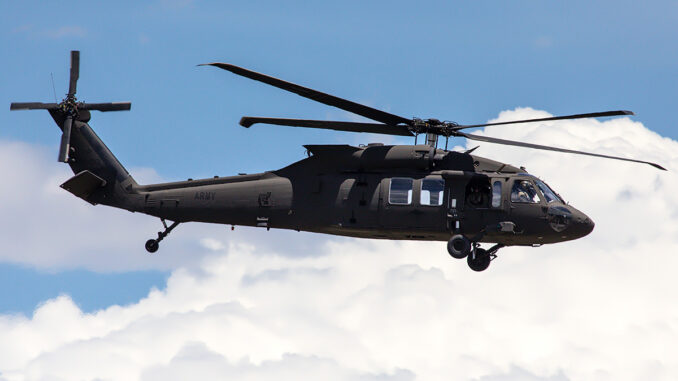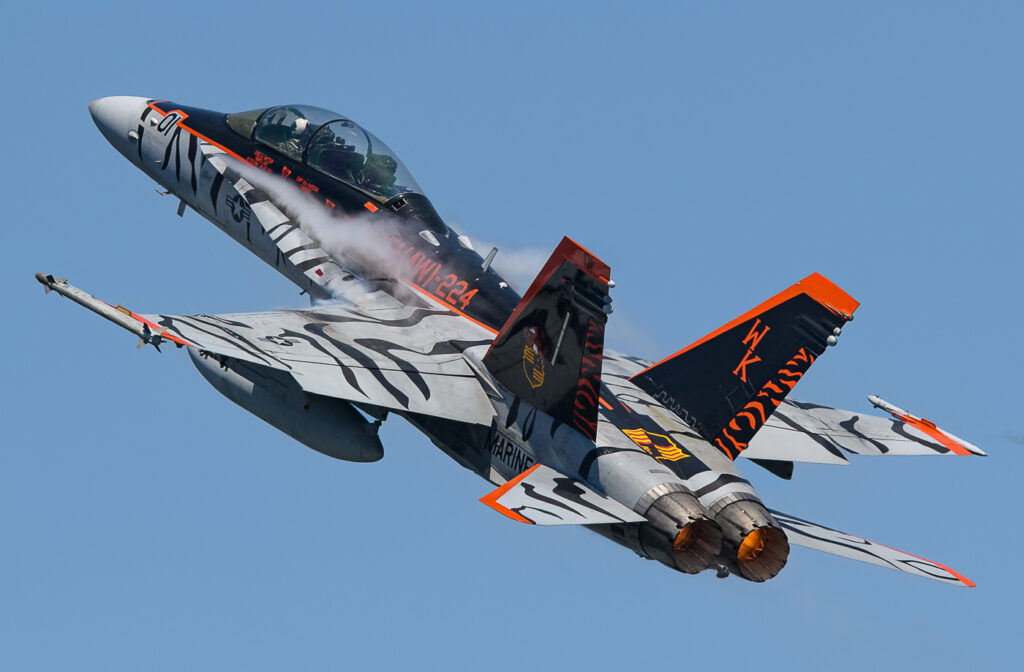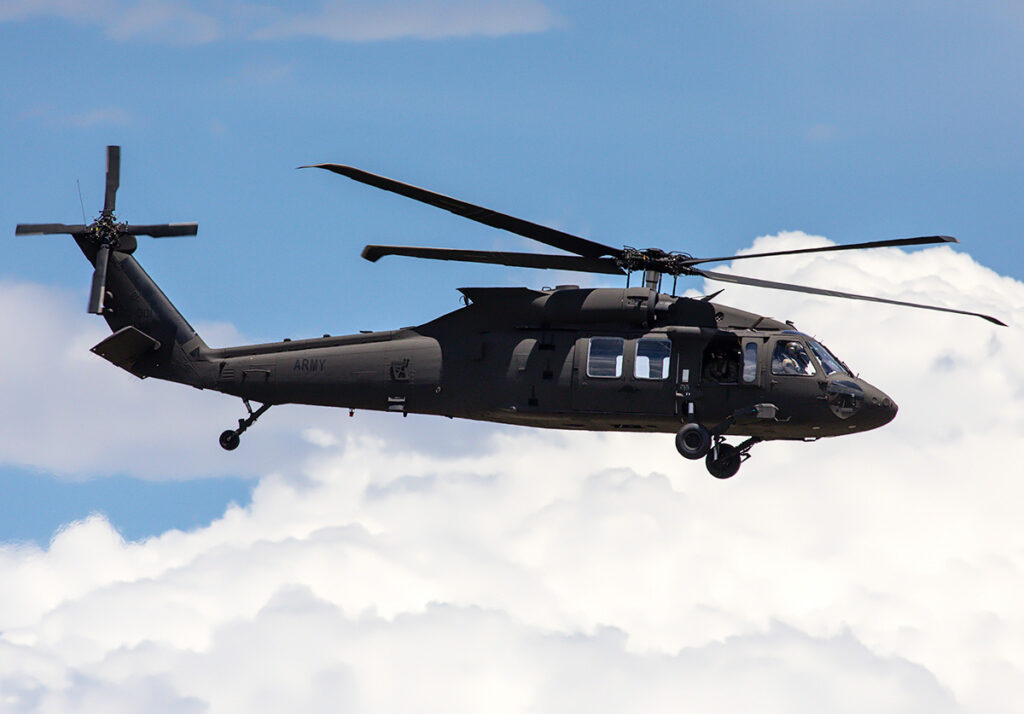
Discover the world’s 25 most-used military aircrafts, their strategic importance and the nations that deploy them.
In Brief
Military aircrafts play a crucial role in power projection and national defense. The most widely used models, such as the F-16 Fighting Falcon and the S-70 Black Hawk, combine performance and cost, making them popular with many nations. These aircraft, often in service for decades, have proven their effectiveness and are continually updated to meet modern requirements. This article explores the 25 most widely used military aircraft, detailing their characteristics and strategic impact.

World’s most-used military aircrafts
F-16 Fighting Falcon: an affordable, high-performance solution
The F-16 Fighting Falcon, introduced in 1978, is one of the world’s most widely used fighters. With 2,767 active units and 255 on order, this versatile fighter is appreciated for its relatively low cost and high performance. Used by nations such as Bahrain, Belgium, Denmark and Egypt, the F-16 continues to be a viable alternative to newer models. Its success is based on its ability to fulfill a variety of roles, from air superiority to ground attack missions.
S-70 Black Hawk: the ultimate combat helicopter
The S-70 Black Hawk is the world’s most widely used helicopter model, with 3,884 active units and 921 on order. Renowned for its versatility, it is used by the USA, Saudi Arabia and Poland. This helicopter is essential for troop transport, medical evacuation and logistics support missions. Its ability to operate in difficult environments makes it a major strategic asset for armed forces.
F-35 Lightning II: the fifth generation in action
Introduced in 2016, the F-35 Lightning II is a fast-growing fifth-generation fighter, with 869 active units and 2,703 on order. Used by nations such as Canada, Israel and the United States, it incorporates advanced technologies such as stealth, integrated sensors and networked combat capabilities. The F-35 represents the future of air operations, thanks to its ability to integrate sophisticated weapons systems and operate in coordination with other platforms.
C-130 Hercules: the versatile carrier
The C-130 Hercules, with 842 active units and 98 on order, is one of the most widely used transport aircraft. Capable of transporting troops and equipment, as well as carrying out air-to-air refueling missions, it is a mainstay of military logistics operations. Countries such as the USA, Austria and Israel rely on the C-130 for its ruggedness and reliability.
CH-47 Chinook: the workhorse of the fleet
The CH-47 Chinook, with 938 active units and 234 on order, is a heavy-lift helicopter essential for heavy-lift missions. Used by countries such as Australia, Germany and the United States, the Chinook is crucial for rapid deployment and logistics support operations.
Eurocopter H145: the new generation of light helicopters
The Eurocopter H145, with 560 active units and 63 on order, is a new-generation light helicopter used for reconnaissance, light transport and medical support missions. It is deployed by countries such as Albania, Germany and the United States. Its versatility and modernity make it a popular choice for a variety of missions.
Strategic implications of the massive use of these aircraft
The massive use of these aircraft has significant strategic implications. For example, the presence of large numbers of F-16s in various air forces enables smoother joint operations between NATO allies. In addition, fleet homogeneity facilitates maintenance and logistics, reducing operational costs. Platform standardization also enables common training and tactics, boosting the collective effectiveness of allied forces.
Economic impact of aircraft production and maintenance
Aircraft production and maintenance have a major economic impact. For example, the manufacture of the F-35 involves hundreds of suppliers worldwide, generating jobs and stimulating the economy. Maintenance and upgrade programs, such as those for the C-130 Hercules, also represent significant investments, supporting local and national industries. Defense contracts with foreign countries promote exports and strengthen international economic relations.

The complete list of the world’s most popular aircrafts
S-70 Black Hawk (3,884 active units): Multi-purpose combat helicopter, used for troop transport, medical evacuation and logistical support missions.
F-16 Fighting Falcon (2,767 active units): Fourth-generation multi-role fighter, appreciated for its cost efficiency and versatile performance.
Mil Mi-8 Hip (2,039 active units): Medium transport helicopter, widely used for troop and equipment transport missions.
AH-64 Apache (1,249 active units): Advanced attack helicopter, equipped with sophisticated weapons systems for anti-tank and close air support missions.
F/A-18 Hornet (1,108 active units): Multi-role fighter capable of carrier operations, used for air superiority and ground attack missions.
F-15 Eagle (1,044 active units): Air superiority fighter, designed for high performance in aerial combat.
Sukhoi Su-27 Flanker (1,005 active units): Russian air superiority fighter, known for its maneuverability and long-range combat capabilities.
T-6 Texan (1,001 active units): Basic trainer aircraft, used to train pilots before their transition to fighter aircraft.
Bell UH-1 Iroquois (992 active units): Multi-purpose utility helicopter, emblematic of transport and rescue missions.
CH-47 Chinook (938 active units): Heavy transport helicopter, used to move troops and equipment in difficult environments.
Mikoyan MiG-29 (898 active units): Russian multi-role fighter, used for air superiority and ground attack missions.
F-35 Lightning II (869 active units): Fifth-generation stealth fighter, incorporating advanced sensors and networked combat capabilities.
C-130 Hercules (842 active units): Versatile military transport aircraft, capable of resupply, medical evacuation and troop transport missions.
Mil Mi-24 Hind (816 active units): Heavy attack helicopter, combining troop transport and fire support capabilities.
Mi-17 Hip (764 active units): Multi-purpose transport helicopter, used for troop and equipment transport missions.
AH-1 Cobra (594 active units): Light attack helicopter, designed for anti-tank and close air support missions.
MD500 Defender (584 active units): Light attack helicopter, used for reconnaissance and close air support missions.
Aero L-39 Albatros (580 active units): Advanced training and light attack aircraft, used for fighter pilot training.
T-38 Talon (575 active units): Supersonic trainer, used for advanced fighter pilot training.
Eurocopter H145 (560 active units): Multi-purpose light helicopter, used for transport, rescue and reconnaissance missions.
F-5 Tiger II (558 active units): Lightweight fighter and trainer, appreciated for its maneuverability and low operating costs.
Bell 206 JetRanger (475 active units): Versatile light helicopter, used for training, transport and reconnaissance missions.
Sukhoi Su-25 Frogfoot (468 active units): Robust ground attack aircraft, designed for close air support missions.
Chengdu J-7 Fishcan (452 active units): Chinese light fighter, based on the MiG-21, used for air superiority and training missions.
NH90 Caiman (433 active units): Tactical transport helicopter, used for troop transport and logistics support missions.
War Wings Daily is an independant magazine.